Becards
10,000 Birds
JULY 1, 2020
One of the reasons Mexico is such a great birding area is that, while it shares all sorts of bird groups with the United States and Canada, it also is home to some of the northernmost representatives of neotropical and genera that do not (or just barely) reach that far north, such as Woodcreepers, Tityras, and Trogons.

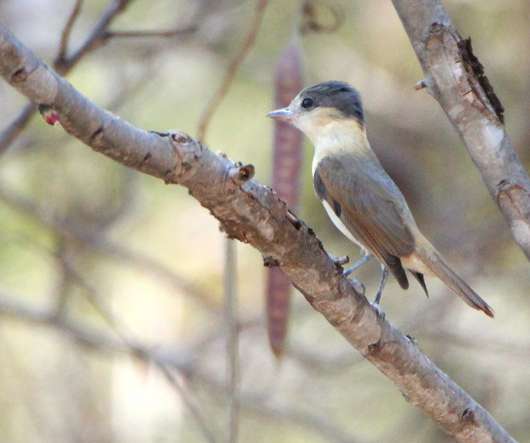
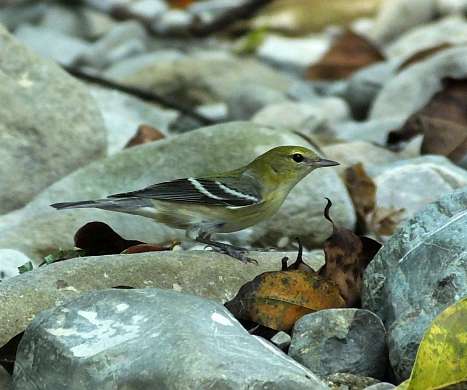

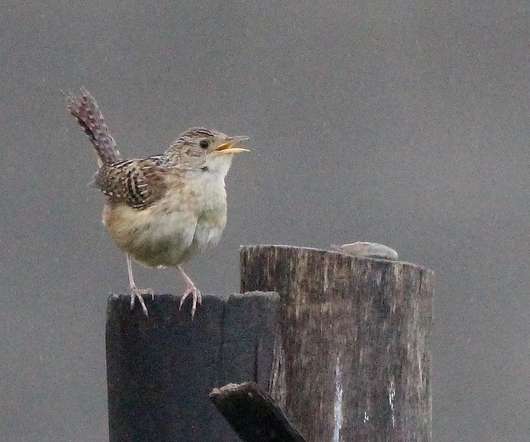



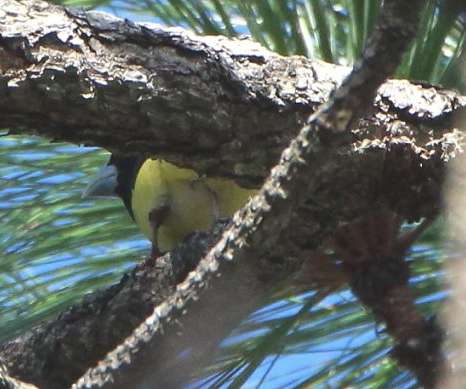












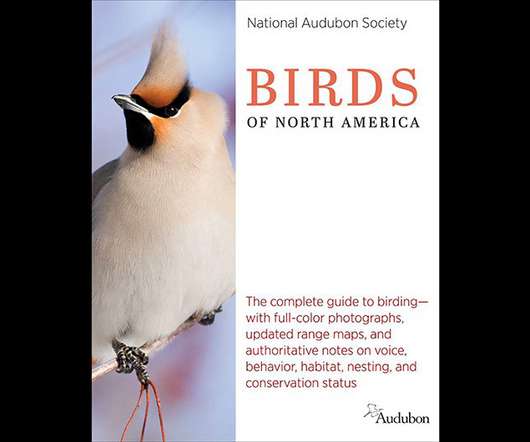
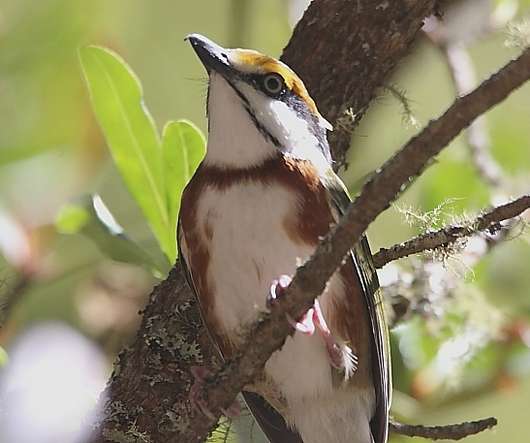
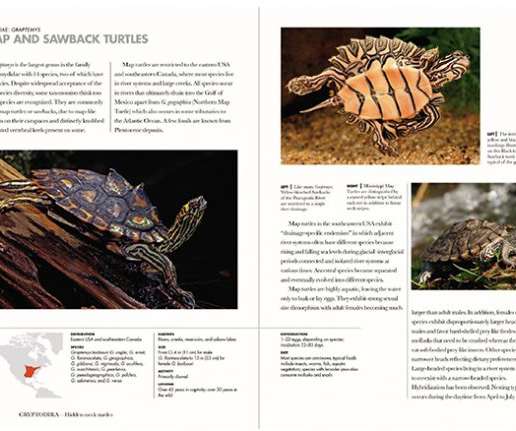




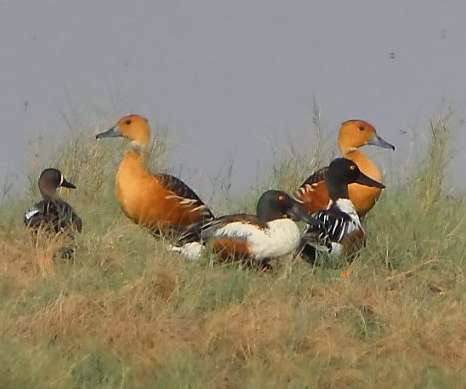
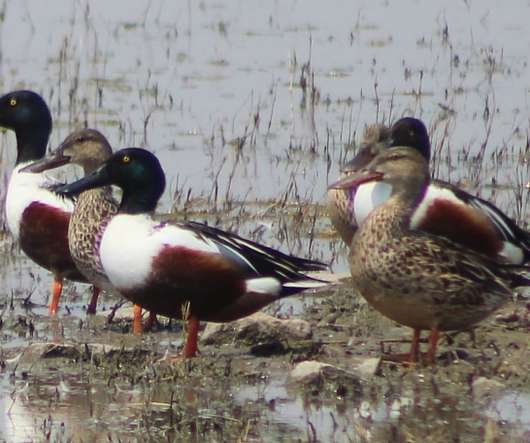







Let's personalize your content